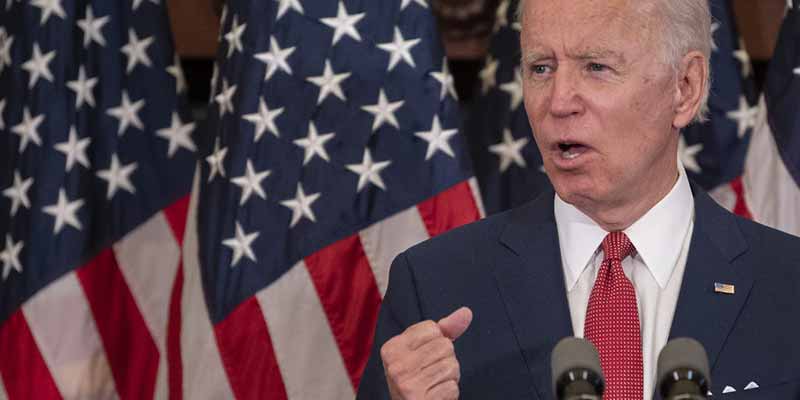- World
- Oct 29
Explainer / Sanctions under CAATSA
Two US Senators have urged President Joe Biden not to impose provisions of the Countering America’s Adversaries Through Sanctions Act (CAATSA) against India for buying the S-400 surface-to-air missile system from Russia.
Senators Mark Warner of the Democratic Party and John Cornyn of the Republican Party urged the president to grant a national interest waiver to India as provided under CAATSA as this is in America’s national security interest.
India has taken significant steps to reduce military dependence on Russia, Senator Cornyn said.
What is the CAATSA?
• On August 2, 2017, US President Donald Trump signed into law the “Countering America’s Adversaries Through Sanctions Act” (CAATSA), which among other things, imposes sanctions on Iran, Russia and North Korea.
• Under the CAATSA, the US can impose sanctions on any country carrying out significant defence and energy trade with sanctioned entities in Russia, Iran and North Korea.
• The CAATSA requires the US president to select at least five of 12 possible sanctions on countries in violation. The 12 options range from mild to harsh and can target people or entities:
1) Sanction US Export-Import Bank credit or assistance.
2) Sanction US exports of goods and services.
3) Sanction large loans from US financial institutions.
4) Seek to block loans from international financial institutions including the World Bank and International Monetary Fund.
5) Sanctions on financial institutions holding US government funds or serving as US primary dealer.
6) Sanction US procurement of goods or services.
7) Sanction any foreign-exchange transactions under US jurisdiction.
8) Sanction any bank payments or transfers subject to US jurisdiction.
9) Sanction any transactions related to property.
10) Sanction any investment in US debt or equity.
11) Deny visas to corporate officers related to sanctioned entity or person.
12) Sanctions on principal executive officers of targeted entity or person.
Why does India keep a constant watch on CAATSA developments?
• In October 2018, India and Russia formally inked the $5.2 billion deal for the S-400 missile system. The air defence system is expected to be delivered by next year.
• The S-400 Triumf is an advanced surface-to-air missile system, developed by Russia’s state-owned company Almaz-Antey, and can shoot down hostile aircraft and ballistic missiles. It has an estimated range of 250 km and a possible upgrade is speculated to extend it to 400 km.
• China was the first foreign buyer to seal a government-to-government deal with Russia in 2014 to procure the lethal missile system.
• The Russian deal became a bone of contention between India and the US. It can trigger the US sanctions under the CAATSA, prohibiting any engagement with Russia’s defence sector.
• There is a provision for presidential waiver for the CAATSA sanctions subject to reporting and certification requirements by the administration. The Indian government keeps a constant watch on all developments having a bearing on India’s security and takes all necessary measures to safeguard it.
Manorama Yearbook app is now available on Google Play Store and iOS App Store


